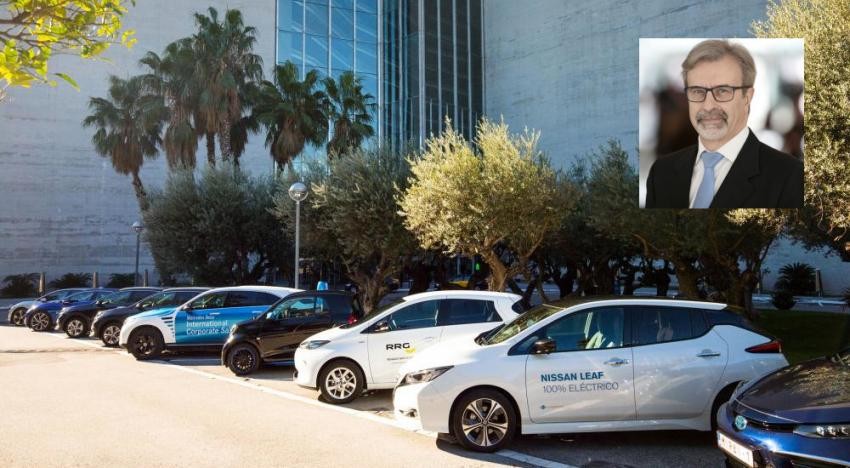
EU regulation forces EV revolution
In 2017, EVs represented around 2% of registrations in Europe, up 50% on 2016. The Netherlands, France and Norway are leading the change. By 2021 we can expect a revolution driven by European Commission orientations and 10/15% of new registration to be electric vehicles.
In Norway tax incentives and free services explain the success of EVs
Norway is a successful example. In 2010 all cars sold were equipped with combustion engines: diesel (75%), or petrol (25%). in 2014, 20% were electric (12% EV and 8% hybrid) and in 2017 39% were EV or plug-in hybrid cars. Tesla has been the best-selling car four times and the Nissan Leaf twice. That result has been made possible thanks to public incentives (taxes and services):
An EV does not pay the registration tax which accounts for 50% of the price of a car, no VAT (25%), road tax and company cars specific tax are reduced which heavily impacts TCO. In addition, you can drive in bus lanes, get free parking space and free tolls, no bans. 7,700 charging station across the country. The government itself bought a lot of cars. However, the Norwegian experience will not be replicable. Its success relies largely on Norwegian wealth and culture but it demonstrates that growth of EVs needs public incentives. Budget constraints limit incentives and the natural way to play with it is to impose green taxes or fines as an alternative.
The European Commission regulates CO2 emissions to boost EVs
Average CO2 emission for new cars have been regulated since 2005 and the EU has decided to impose a maximum of 95 gram/km on average for cars registered in 2021. From 2021 onwards, any manufacturers that do not respect the threshold will have to pay a fine of €95 per gram over the limit. If today's situation remains unchanged in 2021 the fine to be paid by the industry is estimated between €15 and €20 billion. Calculations are complex as they depends on the weight of the car, a bonus system for cars below 50 grams and the aggregation of brands for a given manufacturer.
Manufacturers are all working on bringing electric models to the market: 16 new models are expected in 2018 while 35 are planned for 2019. For the last 10 years CO2 emissions have gone down steadily but the trend has started reversing in 2018 due to SUV success and the switch from diesel to petrol. In addition, WLTP will increase the level of gram/km on existing cars about 10%. Therefore, it's becoming quite likely that OEMs will be fined. The share of EVs and hybrid cars has to change dramatically and reach 10 to 20% by 2021.
Fleet will switch to EV because of TCO reduction and awareness
We can expect a drastic cost reduction in the coming years. Carlos Ghosn said at the Paris motor show: “Production costs will reduce thanks to technology and volumes”. It is likely the beginning of a virtuous cycle.
In December 2018, ALD has emitted a green bond for €500 million and it claims 14,000 cars are eligible (25% EVs and 75% hybrids). Deutsch Post-DHL operates 16,000 electric vans, tricycles and bicycles. Some companies are committed to accelerating the change: LeasePlan have committed to have 100% of its own company cars electric in 2021, EDF (the French electricity company) in 2030, HP 10% in 2025, Metro AG 50% by 2030, etc. Those initiatives will certainly contribute to the EV revolution: exemplarity and awareness of climate change will create additional demand.
If production costs still need to be reduced, running cost are already much cheaper (both in energy and maintenance). A small car requires 12 kw of electricity or 7 litres of petrol or 4 litres of diesel to do 100 kilometres, representing more or less:
€1 for electricity (when charging at home) €5 for diesel (€1.2 per litre) €9 for petrol. (€1.3 per litre) There are substantial savings for people charging at home during nighttime. And the difference will certainly pay for the charger (between $200-$2000 dollars for level 1 or 2)
Plenty of difficulties remain to be tackled including range limitations, fast charging infrastructure, battery technology, interoperability of system and finally global CO2 balances. However, governments and citizens can’t wait and solutions will be found, usage will change and the EV revolution will happen.
